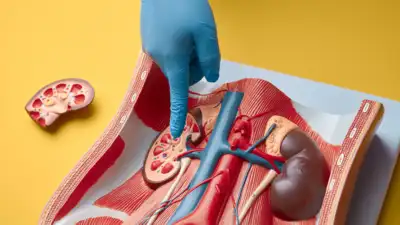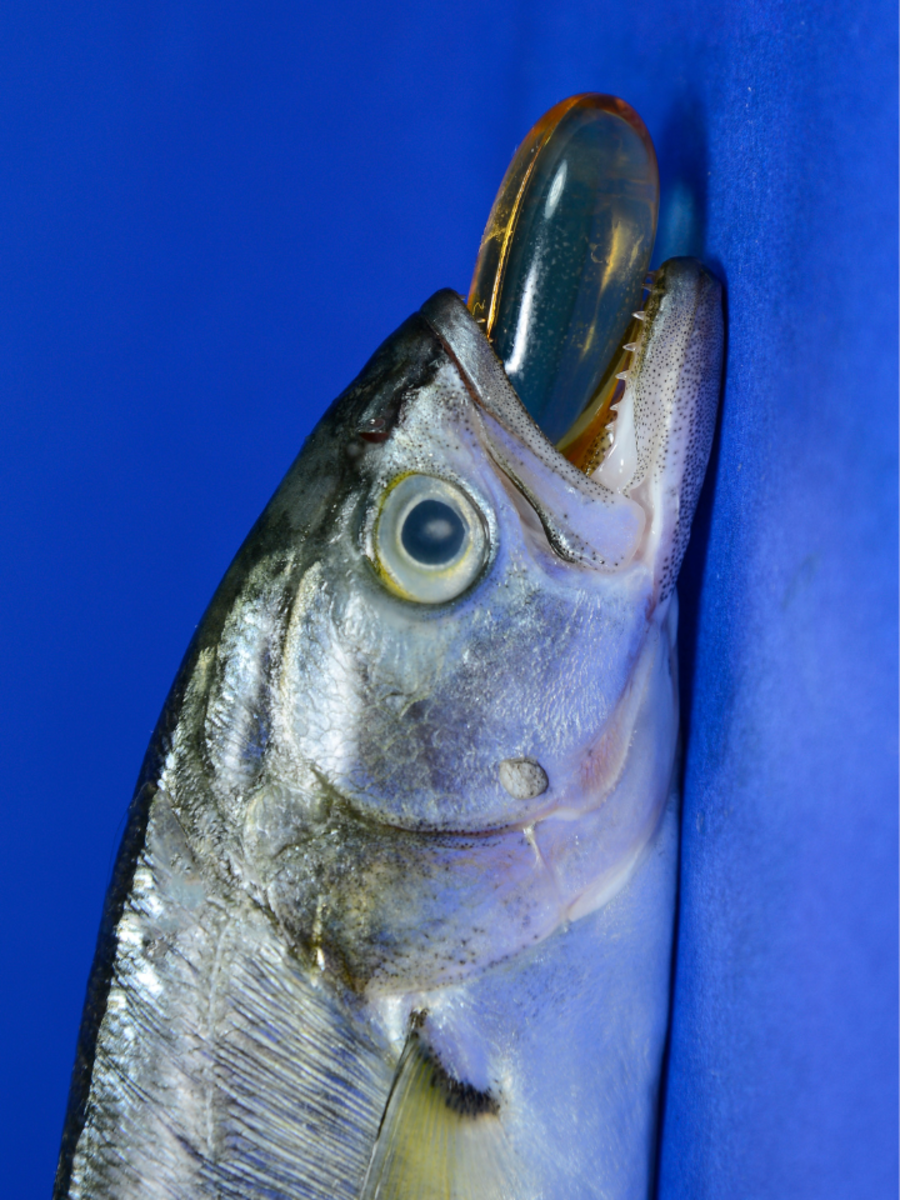
Kidney stones are hard deposits that form in the kidneys from minerals and salts. While some of these stones may be small and pass by unnoticed, many larger stones can create excruciating pain.
Larger stones can complicate the problem. Detecting kidney stones as early as possible is vital in order to manage them accordingly while also preventing complications as a result of mismanagement of your condition. By ignoring the initial signs of kidney stones, you could be causing more pain, urinary tract infections, and possibly kidney destruction. Here are five symptoms associated with kidney stones that shouldn't be ignored:
1. Sharp, severe pain:
This is among the most invariant and often the very first noticeable symptom.
Pain can generally occur on the side or back, below the ribs. The pain may radiate to the lower abdomen and groin, and can strike in waves with varied intensity. This is often referred to as renal colic, which occurs due to the stone s criminalizing through the urinary tract and causing spasms in the ureter.According to Dr. Shyam Varma, Consultant, Urologist and Renal Transplant surgeon, Kokilaben Dhirubhai Amabni Hospital, Mumbai, “If you get a sudden, stabbing pain in the lower back or side, it could mean the movement of a kidney stone.
This pain usually comes in waves and may move to the abdomen or groin. Unlike muscle pain, it does not ease with rest or the right movement. What’s happening inside is that the stone is shifting through the narrow ureter, triggering intense spasms.
And this shouldn’t be brushed off as a simple backache.”

2. Painful urination or blood in urine:
Once the stone starts to travel down the urinary tract, discomfort or a burning sensation when urinating (dysuria) can occur.
This discomfort occurs because the urinary tract is irritated or inflamed.If you notice a pink or reddish tinge in the urine, it could be a sign of the stone scraping the delicate lining of the urinary tract. Even when blood isn’t visible to the naked eye, minor traces too could point to internal injury. Haematuria may not just be caused by kidney stones, but they remain one of the most common and important ones to catch early.
3. Changes in urine color:
Hematuria, or blood in the urine, is a common symptom, and the urine may be pink, red, or brown. Blood may not always be visible to the naked eye, but even a few microscopic blood cells qualify as hematuria. The urine could also be cloudy or foul smelling.If your urine looks cloudy or smells unusually strong, it could be because of a kidney stone, but the cause is not direct. Basically, the kidney stone causes blockage, which allows bacteria to grow in the urine transportation system, which results in cloudy or foul-smelling urine.
This should not be overlooked – it could signal a serious complication needing medical attention.
4. Increased Urination:
Another symptom is frequent urination, or a constant urge to urinate more than you do, without the urge to do so. Quite often, patients report a sensation of incomplete emptying of the bladder.If you feel like going to the bathroom more often than usual – and notice that only a trickle comes out - your body may be reacting to the stone irritating the bladder or ureter.
Sometimes this may be confused with a urinary tract infection, but if there’s no infection, a kidney stone might be the culprit.
5. Nausea and Vomiting:
According to Dr. Ashwathy Haridas - Consultant Nephrology, Apollo Hospitals Navi Mumbai, “Although nausea and vomiting are not direct symptoms of the urinary system, nausea and vomiting may occur as a result of nephrolithiasis due to the intense pain of the stone, as this may provoke a stress response in the body.”A kidney stone usually causes pressure or blockage, affecting the shared nerve connections of the kidneys and digestive system. This pressure or blockage often causes nausea. I’ve seen many patients who feel queasy or even vomit when the pain peaks. This isn’t just a stomach issue - it’s the body’s response to kidney stress.
Treatment and prevention of kidney stones
It is important to understand that symptoms will vary in terms of the severity and nature, depending on the size and location of the stone in the urinary tract. Some stones (the small stones) may only present with much milder pain symptoms or even be asymptomatic. However, any new continual pain or change in your urination or presence of blood in your urine should elicit a visit to your doctor. Early diagnosis, often through urine tests and imaging (like CT scans), allows for timely treatment, which can range from pain management and increased fluid intake to procedures like lithotripsy (to break up the stones) or surgery in more severe cases.
Ignoring these early warning signs can lead to more serious health problems down the line.
Simple lifestyle changes to avoid kidney stones

 3 hours ago
25
3 hours ago
25




























 English (US)
English (US)